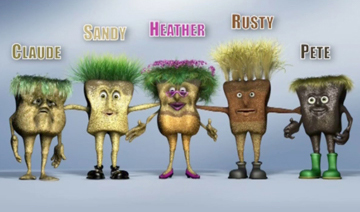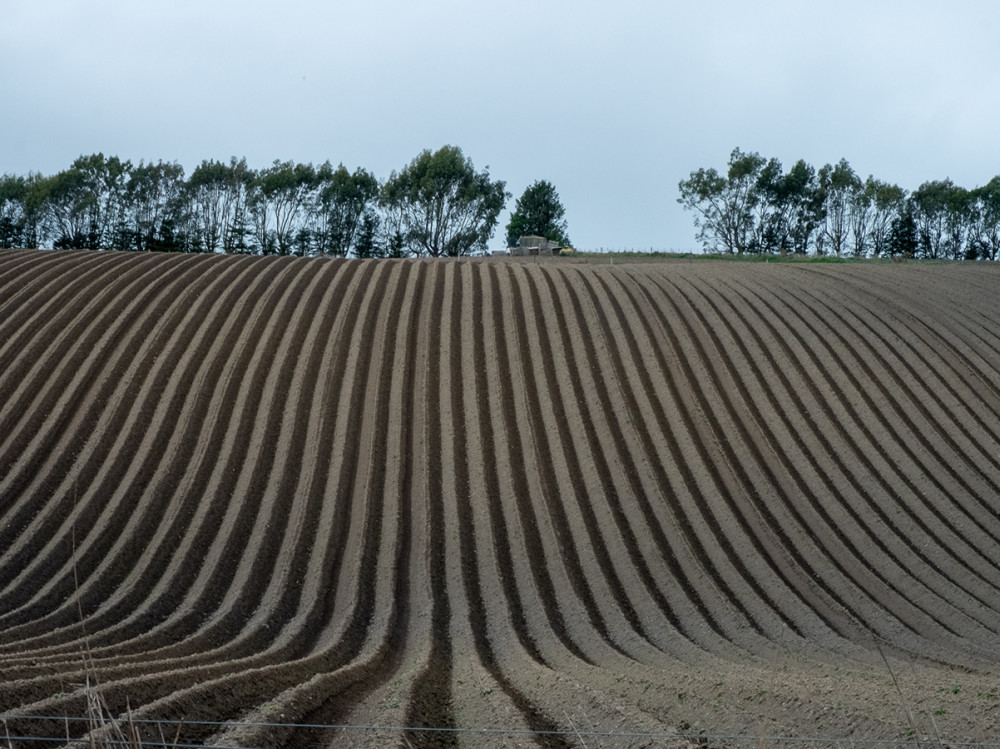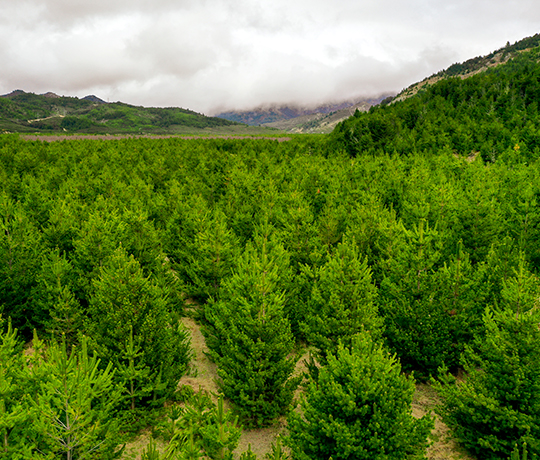Soil functions - the basics
The character of soil

Shelter for plants and animals, guardian of groundwater, or repository of human history? If soil had to give a character profile of ecological excellence for a job interview, it would be accepted straight away for any environmental job. Soil provides ecological functions too important to be overlooked. The only competitors applying for the same job would be other soils. The natural configuration of soil includes a unique set of soil properties and soil functions. Therefore, only another soil could score better or worse – and eventually get the job.
Soil 'characters' invented by The James Hutton Institute to raise awareness on soils. Source: The James Hutton Institute.
Easily measurable properties that determine the natural configuration of a soil are soil depth, texture, pore space, content of organic matter and clay minerals, capacity for nutrient exchange, and pH value (acidity or alkalinity)1,2. The extent to which a soil exhibits these properties determines the ability of soil to provide certain capabilities, or soil functions.
A deep, gravel-rich soil, for example, does not contain enough fine earth (sand, silt and clay) to store large amounts of water in its soil profile. The ecological capability of a gravelly soil, therefore, will be suitable for grape growing, whereas it might be average for sunflower cropping and rather unsuitable for vegetable harvesting3. Different crops require different optimal moisture conditions, all of which are defined by the functional ability of soil.
The range of functions

Soil offers a wide range of functions, such as:
- Biomass production – source of our food, forage, and fibre
- Storing, filtering and transforming nutrients and water
- Hosting life, and thereby contributing to biodiversity
- A platform for human activities
- A source or raw materials
- An archive of natural history and human heritage.
Most soils are able to provide a range of different functions. Some functions might be more dominant than others that compete with each other or are inactive. Also, the competence of soil to deliver specific functions to its environment is subject to change in both space and time.
The use of soil for a job in ecological excellence is nowadays judged by humans. Soil functions need to match particular human needs to be considered valuable. Maps locate soils of different functions, which allows an assessment to be made. This process, in part, disregards soil’s overall capability to service the life of the total environment – not just humankind.
1 After Mosimann (2010). Landschaftsstruktur. Physische Geographie und Landschaftsoekologie A.1. Geosynthesis Skripten. Hannover
2 Scheffer & Schachtschabel (2010). Lehrbuch der Bodenkunde. 16th edition.
3 Dominati, E., et al. (2010). "A framework for classifying and quantifying the natural capital and ecosystem services of soils." Ecological Economics 69(9): 1858-1868. https://doi.org/10.1016/j.ecolecon.2010.05.002.
